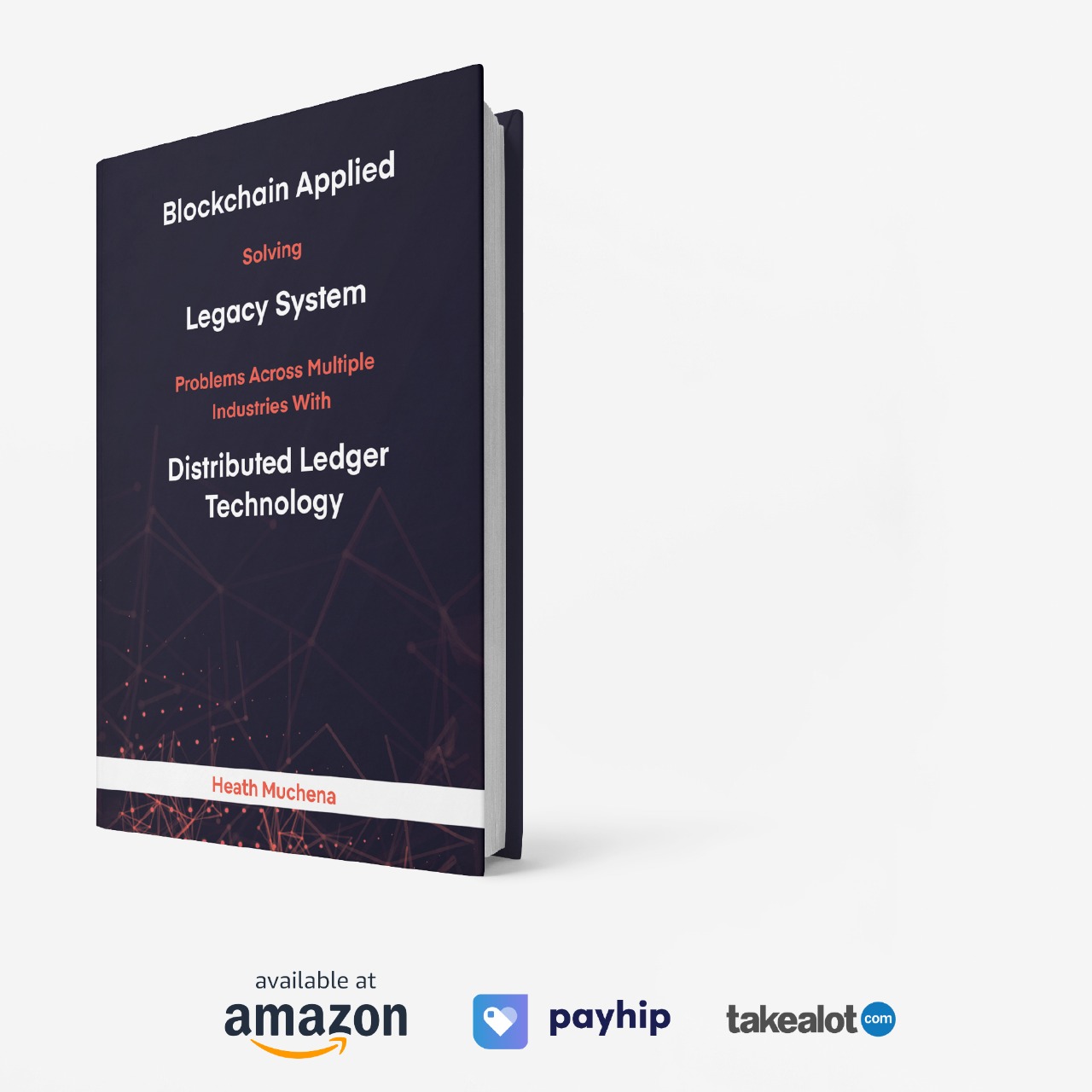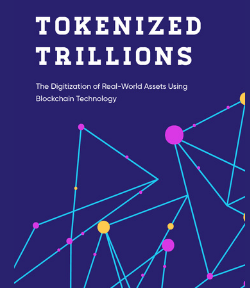
AI’s Big Play in Hedge Funds: Profits, Pitfalls and the Path Forward
AI in Hedge Funds: The Game-Changer Shaking Up Wall Street – But at What Cost?
Artificial intelligence isn’t just a buzzword anymore; it’s a reality that’s reshaping industries across the globe, and nowhere is this more apparent than in the high-stakes world of hedge funds. These secretive, high-powered investment vehicles have long been known for their innovative – and sometimes risky – approaches to making money. But now, with AI entering the picture, hedge funds are playing a whole new game. It’s fast, it’s sophisticated, and it’s potentially more profitable than ever. But like any game-changer, AI brings with it a host of new questions and concerns. Let’s take a closer look at how AI is transforming hedge funds and what that might mean for the rest of us.
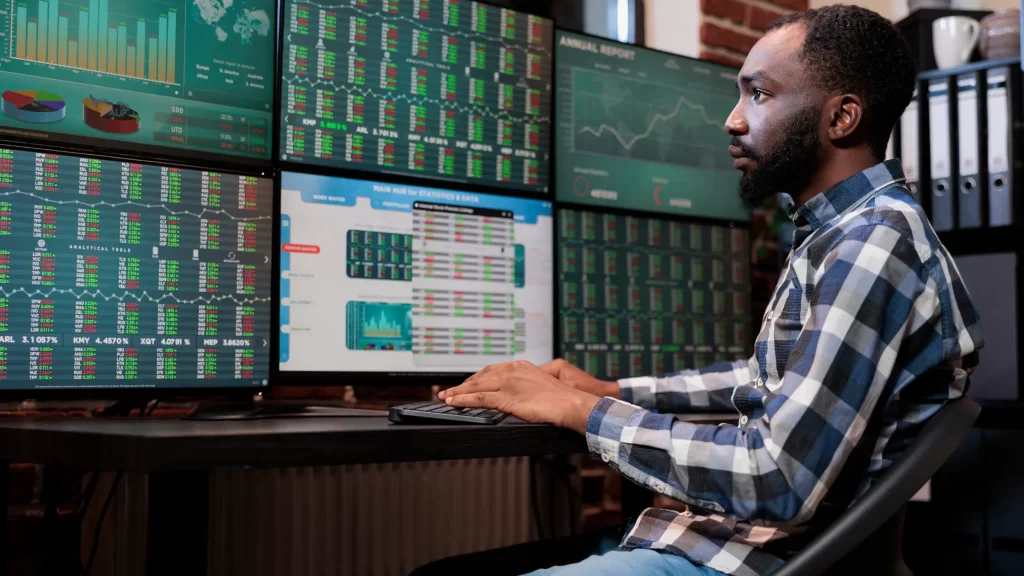
A New Player on the Trading Floor
Hedge funds have always been ahead of the curve when it comes to using technology to gain an edge. From algorithmic trading to high-frequency trading (HFT), these funds have employed cutting-edge tools to analyze markets, spot trends, and execute trades faster than any human could. But AI is a different beast altogether.
Unlike traditional algorithms that follow a set of pre-programmed rules, AI systems, especially those powered by machine learning (ML) and deep learning (DL), can learn and adapt on the fly. They’re not just reacting to market conditions; they’re predicting them. Hedge funds are now using AI to sift through massive amounts of data—from financial reports and economic indicators to social media posts and satellite images—to uncover patterns that might indicate where the market is headed next.
This isn’t science fiction. Some of the biggest names in the business, like Renaissance Technologies and Bridgewater Associates, have already integrated AI into their trading strategies. They’re not just testing the waters; they’re diving in headfirst, bringing in top talent and dedicating entire teams to AI research. And the results? Let’s just say they’re enough to make even the most seasoned traders sit up and take notice.
The Allure of AI: Why Hedge Funds Can’t Resist
So, why are hedge funds so enamored with AI? The answer is simple: potential profits. AI has the ability to process and analyze data at a speed and scale that humans simply can’t match. This gives hedge funds a significant advantage when it comes to making informed decisions quickly.
Imagine being able to predict market trends before they happen or spotting an investment opportunity in real-time that others won’t notice until it’s too late. That’s the promise of AI. It’s not just about being faster; it’s about being smarter. AI can dig deeper into data, uncover hidden correlations, and even identify new investment strategies that human analysts might overlook.
And it’s not just about the big wins. AI can also help hedge funds manage risk more effectively by constantly monitoring market conditions and adjusting strategies in real-time. This kind of dynamic decision-making is a game-changer for funds that are always looking to maximize returns while minimizing losses.
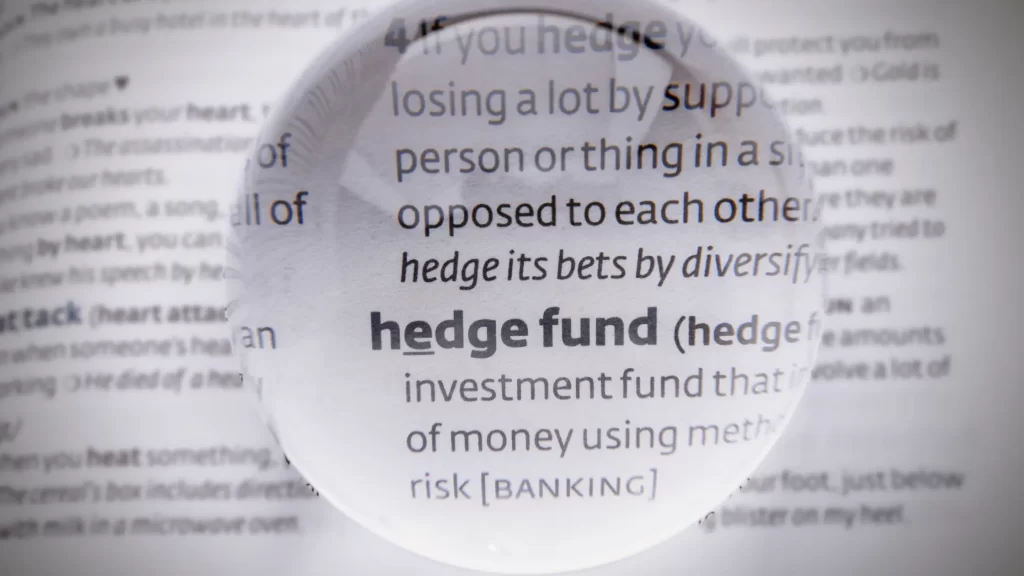
The Dark Side of AI: What Could Go Wrong?
But, as with anything that sounds too good to be true, there’s a flip side to AI’s potential. For all its promise, AI also introduces new risks – some of which we’re only just beginning to understand.
One of the biggest concerns is the so-called “black box” problem. AI systems are incredibly complex, and even the people who design them often don’t fully understand how they make decisions. This lack of transparency can be a real issue when it comes to trust. If you don’t know how your AI is making trading decisions, how can you be sure it’s making the right ones?
Then there’s the risk of over-reliance on AI. What happens if everyone’s AI systems start making the same decisions at the same time? This could lead to herding behavior, where multiple funds pile into the same trades, driving up prices and creating bubbles that are bound to burst. We’ve seen this kind of thing happen before, most notably during the 2010 Flash Crash, when automated trading algorithms caused a massive, sudden drop in the stock market.
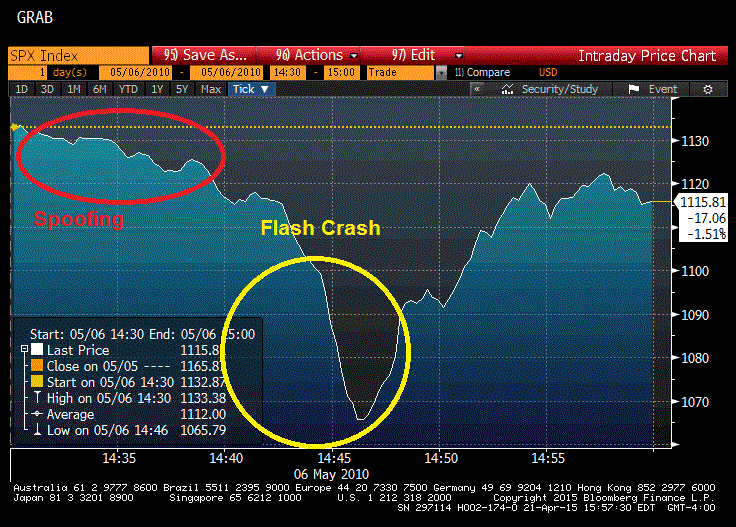
There’s also the potential for AI to be used for market manipulation. AI systems can execute trades faster than any human, which could make it easier for bad actors to manipulate prices or spread false information. And with AI’s ability to generate realistic-looking deepfake content, the risk of misinformation campaigns designed to influence markets is a growing concern.
Regulators Scramble to Keep Up
Given these risks, you might think there would be strict regulations governing the use of AI in hedge funds. But you’d be wrong. The truth is, regulators are only just beginning to grapple with the implications of AI in financial markets.
Agencies like the SEC and CFTC have started to explore the issue, but there’s still a long way to go. Right now, there’s no comprehensive framework for how AI should be used or what safeguards need to be in place. And that’s worrying, especially as more and more hedge funds start to rely on AI for their trading strategies.
Part of the problem is that AI is advancing so quickly that regulators are struggling to keep up. By the time a new rule is proposed, the technology may have already moved on. This lag creates a dangerous gap where AI is being used in ways that regulators haven’t fully anticipated – and that investors might not fully understand.
The Road Ahead: Striking a Balance
So, where does this leave us? On one hand, AI has the potential to make financial markets more efficient, more responsive, and more profitable. But on the other hand, it also introduces a host of new risks that could have serious consequences if left unchecked.
The key will be finding a balance between innovation and regulation. Hedge funds will need to be transparent about how they’re using AI and ensure that they’re not sacrificing safety for the sake of speed. Regulators, meanwhile, will need to step up their game, creating rules that protect investors without stifling the innovation that has made AI so attractive in the first place.
For now, one thing is clear: AI is here to stay, and it’s already changing the game on Wall Street. The question is whether we can harness its power without letting it run wild. It’s a challenge that will require careful thought, smart policy, and a willingness to adapt as the technology continues to evolve. And it’s a challenge that we can’t afford to ignore.

